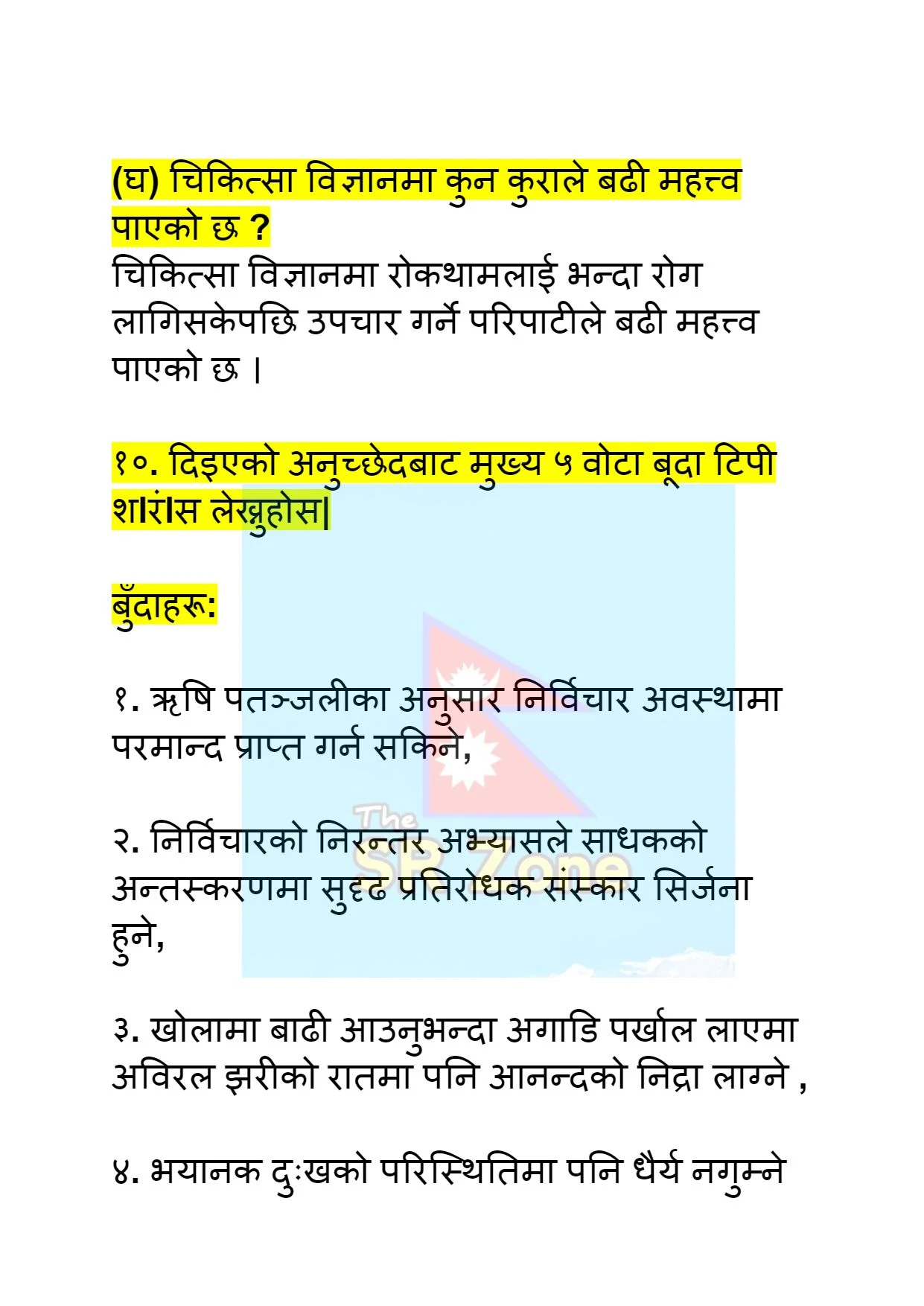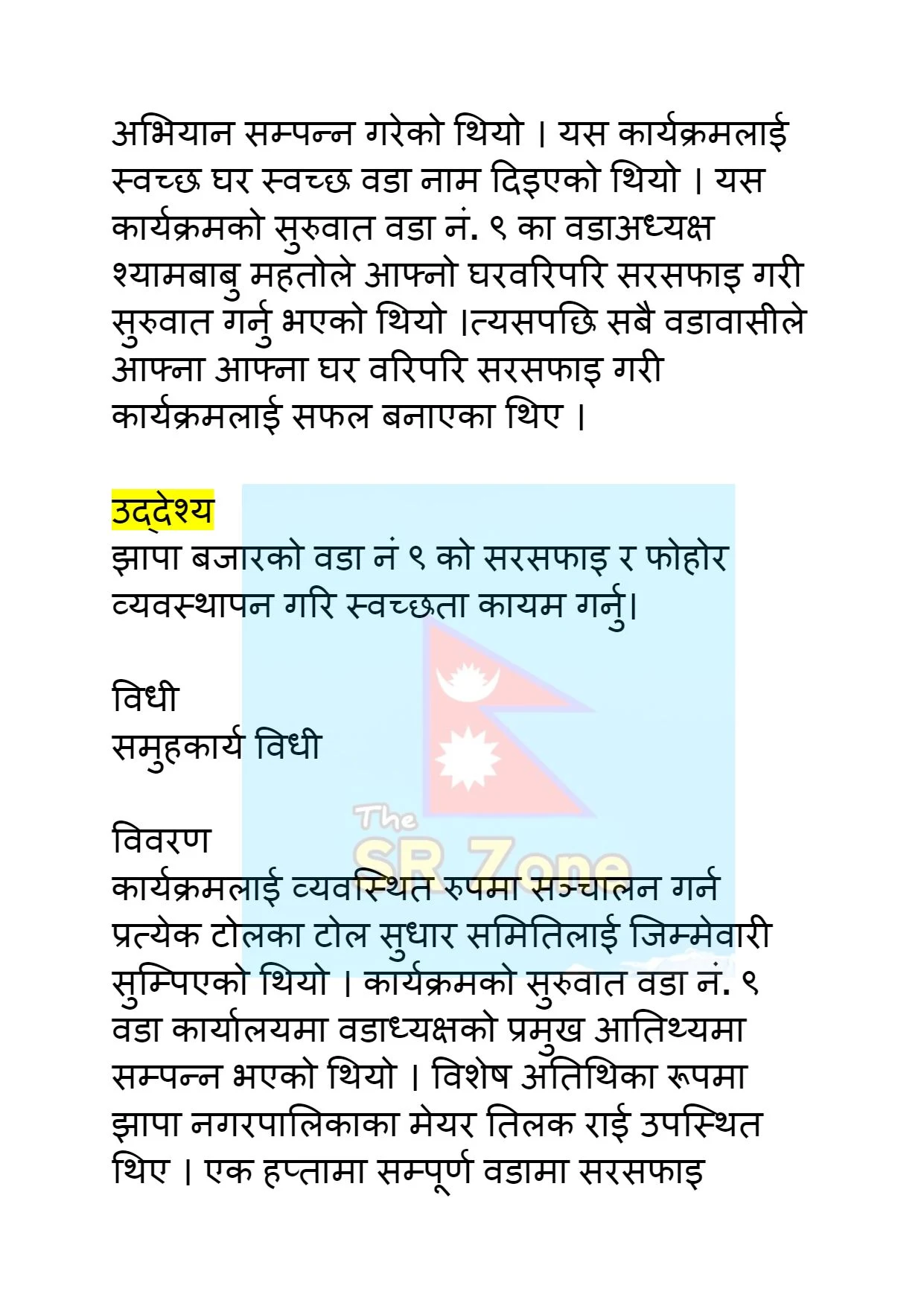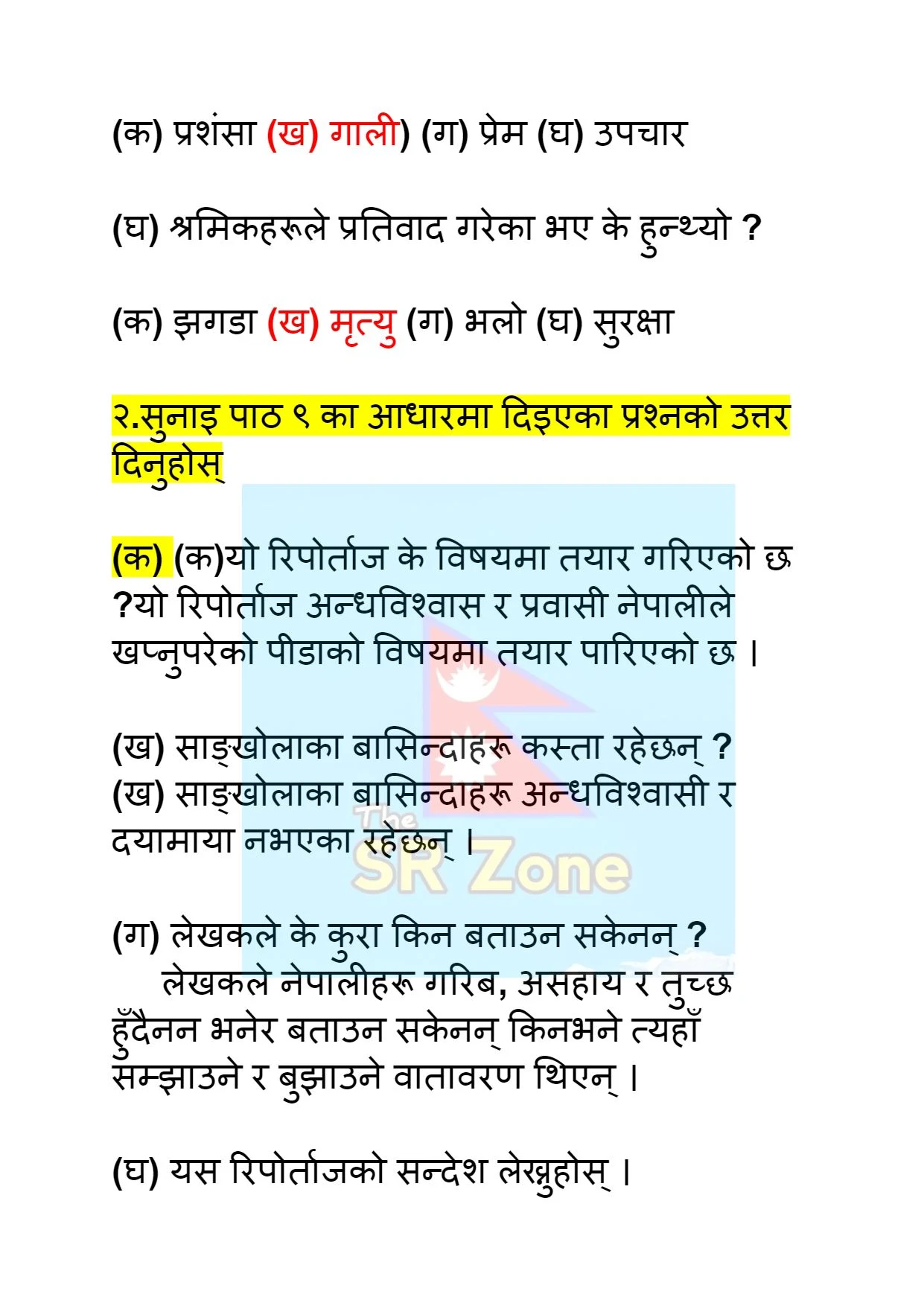Safalta ko katha Exercise: Class 11 Nepali Unit 9 Questions Answers & Grammar
Safaltako katha Byakaran
Previous: Lau Aayo Taja khabar
Next: Krishi Sala ma ek din
Safalta Ko Katha Class 11 Questions, Exercise Summary & Grammar Guide
"Safalta Ko Katha," which means "Story of Success", is a motivating story part of the Class 11 Compulsory Nepali curriculum. It is based on the inspiring true story of a troubled young man who found redemption through the healing powers of Yoga and meditation.
The chapter brings out how mental tranquility and spiritual discipline can prove invaluable to combat the vagaries of life. This article provides all the question answers, a short summary and grammar notes, of the lesson available for students, so that their need to go anywhere to prepare is minimized.
Overview of the Chapter
This chapter has been taken from the life story of Sundar Chhantyal. He was born into a modest, middle class family. Although of seemingly late, he grew up normally until his father's sudden death of a heart attack turned his life upside down. The bad luck continued when his mother was diagnosed with cancer. The back-to-back defeats were an immense emotional and financial strain. His emotional stress weighed heavy and increasing debt mounted to grind his mental well-being down.
Rather than slip into complete despair, Sundar decided on an unusual path to recover – yoga and sadhana. These techniques helped him to restore his equilibrium, regain his peace, and go on to lead a rewarding, stress-free life. The chapter shows that there is a genuine way through, and out of, a spiral of addiction in to recovery and redemption using an internal, practiced discipline and spirituality.
Role of Yoga and Meditation in the Story
In this story, yoga and meditation are more than just physical workouts. They represent a life philosophy. “When traditional solutions fail,” the story implies, “turn inward.” The path of meditation is clarity; the path of yoga is strength. And together, they lead the troubled Sundar to success. This is indicative of the increasing focus in contemporary society on mental health and alternative therapies derived from ancient practices.
Safalta Ko Katha Summary
It is a fairly mature, well crafted story that is more about the emotions and becoming a person than action. It starts with memory: What it is, how it works, how the brain stores, retrieves and responds to the experiences in our lives. Positive memories provide inspiration, while negative ones can knock our lives out of orbit. But memory is a tool. So how we use it creates our experience.
Sundar’s transformation is symbolic of his life’s transition from despair to victory. Instead of becoming despondent and quitting, he decides to dive deep into yoga and sadhana. He learns to enjoy alone time, works hard, and gradually regains his motivation. This change doesn't come overnight. The story demonstrates that success comes after hard work, endurance, and belief in one’s abilities.
It contrasts the tranquillity of nature with the quiet stillness needed for meditation. Human emotions are just easier to understand and control in a calm environment. The tale is a powerful one: Life will bring you pain and heartbreak and challenge, but it’s how you react to those things that leave their marks on you.
Lesson from the Story
The tale is moral and common. Problems are inevitable. Everybody gets hurt; not everyone fights back. Sundar is not superhuman or rich. What he has is willpower. The chapterful students to build mental strength to have faith on Inner Healing and age old practice for therapy. It’s a message that yoga and meditation are not Recreation and Heathnite just the tools for health, but for life.
Exercise Question Answers for Safalta Ko Katha
What lessons do we learn from the story of Sundar Chhantyal?
It teaches that even in the face of the most trying of conditions, personal change is not only possible but attainable. Through yoga and meditation, Sundar healed from emotional wound and financial ruin to rebuilding his life.
Describe what is meant by memory in the story.
Memory is depicted as an essential action of the brain that helps determine our responses to things. Good memories make us feel better; bad ones, worse. The tale addresses the fact that we get to choose what we fill our memory with.
What made Sundar that he chose yoga and sadhana?
Under tremendous pressure and with no one to support her, Sundar took to yoga and meditation as a last resort. These were the experiences that offered him mental clarity, stamina, and, ultimately, a fresh outlook on life.
What role does being alone play in the story?
It is in solitude that the inner healing can take place. The peaceful surrounding nature reflects the peace that meditation exists to create. This peace allows Sundar to regroup from the inside out.
What is the message of success story in safalta Ko Katha?
But it’s a reminder that success is more than material success. True success is peace of mind, attainable only through inner discipline and spiritual cultivation.
Byakaran (Grammar) Explanation
This chapter includes other important grammatical points that are often tested:
सन्धि – The chapter uses sandhi compound words employed in a compound of the vowels. It’s good to know how these words are constructed because it helps you to decipher meanings.
Upasarga (उपसर्ग) The prefixes – In Sanskrit, the prefixes( Upasargas) are often seen which change the meanings of words. There of course useful to be able to recognize because it helps find the verb forms and the things that you need.
Pratyaya (प्रत्यय) Suffixes added to a root word to convey the tense, mood or number. This section assists students to create more complex sentences.
Tadbhava-Tatsama (तद्भव-तत्सम) – A number of words used in this chapter have their origin in Sanskrit. Identifying these helps in vocabulary and understanding.
Verb Conjugation (क्रियाको रूप) – The story makes use of several tenses and therefore helps students understand how verbs change based on the subject and the time.
Final Thoughts
“Safalta Ko Katha” is not just a success story. It is a lesson in emotional fortitude and the power of the psyche. Both culturally, and spiritually, yoga and meditation as practices of transformation lend relevance to the contemporary classroom. And for students in Class 11, this chapter is not for reading only — it’s for reflection. It was meant to make readers look within themselves, recognize their own struggles, and realize change is always possible with the right frame of mind.
Whether it is an exam or inspiration you seek, this chapter gives you both! Use the exercise answers and grammar explanations provided above to help understand it a bit better and keep the message of the story in your heart as you leave the classroom.












































